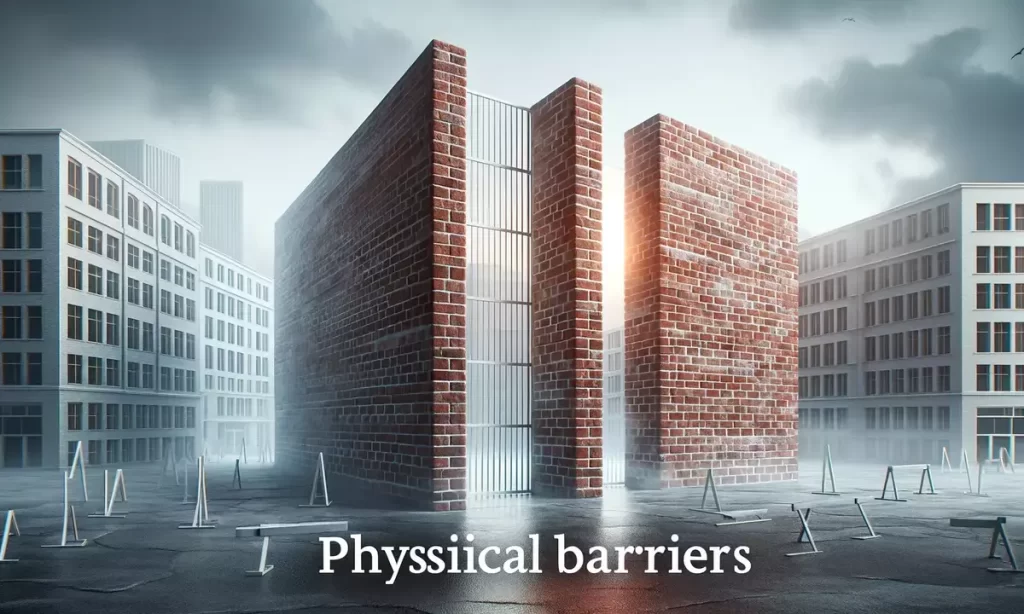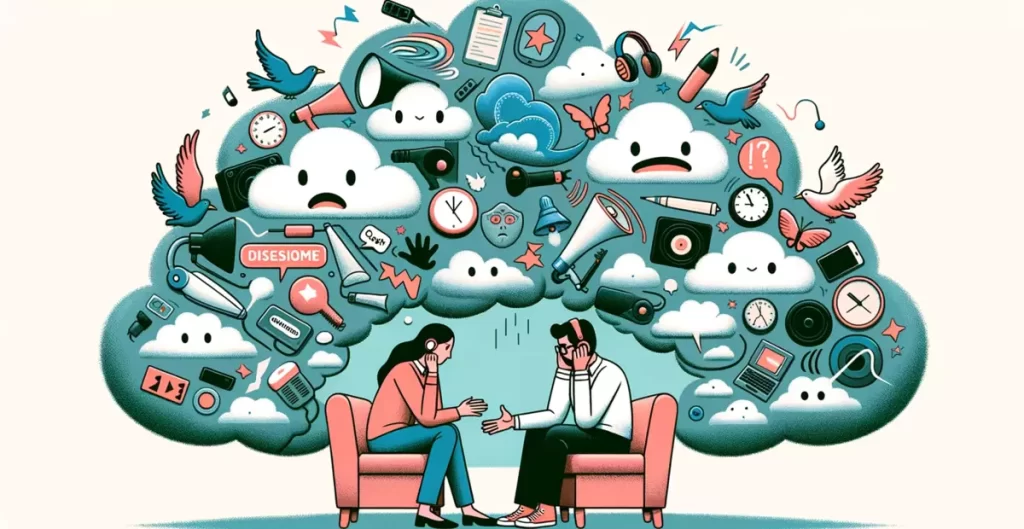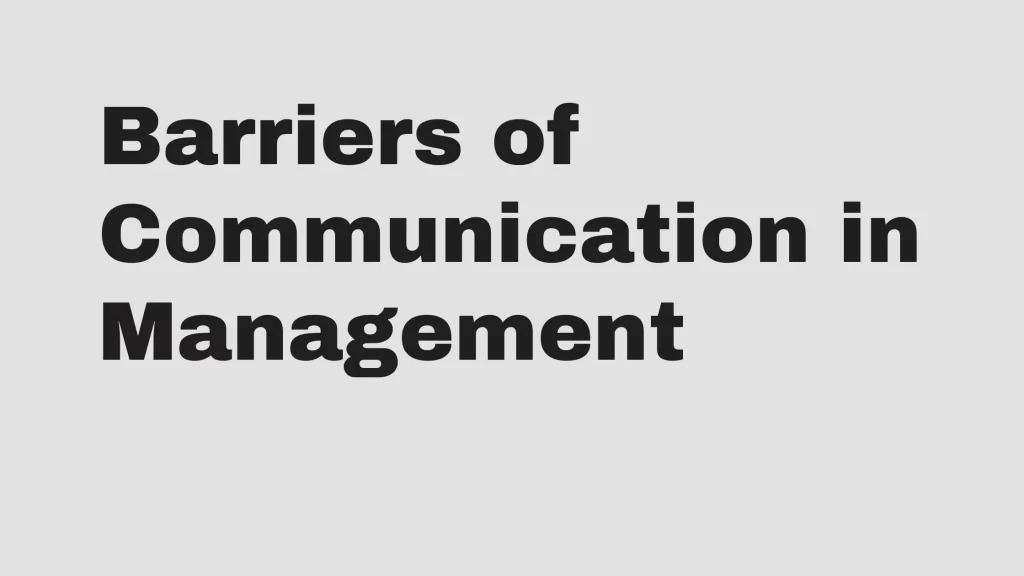Therapeutic communication forms the backbone of effective healthcare. Yet, various barriers can hinder its flow, affecting the quality of care and the relationship between healthcare professionals and patients. Therapeutic communication involves conveying empathy, understanding, and respect to create a beneficial healthcare environment. It plays a pivotal role in forging connections, fostering trust, and ensuring patients feel valued.
Quick Answer: Barriers to therapeutic communication include environmental noise, language and cultural differences, psychological factors, use of medical jargon, non-verbal miscommunication, time constraints, and varying levels of health literacy. Addressing these barriers is essential for enhancing patient-provider relationships and improving healthcare outcomes.

Key Barriers to Therapeutic Communication
Some of the prominent barriers to therapeutic communication include:
Environmental Noise
Affecting Clarity
Noise in healthcare settings can mask essential verbal cues. Patients and caregivers struggle to communicate effectively, leading to misunderstandings and potential health risks.
Example
Consider a bustling hospital ward; constant background noise makes conveying nuanced health information challenging.
Language Differences
Mismatch of Vocabulary
When patients and healthcare providers don’t share a common language, conveying complex medical concepts becomes daunting. Even dialect differences can create significant obstacles.
Potential Solution
Utilizing translators or language services can mitigate communication gaps, ensuring comprehension on both sides.
Cultural Differences
Variations in Expression
Different cultures express pain, emotions, and concerns uniquely. A gesture considered reassuring in one culture might be perceived as offensive in another.
Building Cultural Competence
Healthcare professionals should embrace cultural competence training. This approach helps in recognizing and respecting cultural differences, fostering better communication.
Psychological Barriers
Patient Anxiety
Anxiety can affect a patient’s ability to communicate openly. Stress about a diagnosis or treatment may lead to withholding crucial information.
Establishing Comfort
Creating a comforting environment allows patients to express concerns freely. Active listening and empathy are crucial.

Use of Medical Jargon
Confusing Terminology
Medical professionals often use specialized language. This jargon can confuse patients, creating barriers to understanding their health.
Simplifying Language
Replacing medical terms with simpler language can enhance understanding. Clear explanations encourage patient involvement in healthcare decisions.
Non-Verbal Miscommunication
Misinterpretation of Signals
Non-verbal cues, like facial expressions and body language, can be misunderstood. Misinterpretation can lead to feelings of discomfort and distrust.
Awareness and Adjustment
Being conscious of non-verbal signals and adjusting them appropriately ensures clearer, more empathetic communication.
Overcoming the Barriers
Active Efforts and Adaptation
Overcoming these barriers requires a concerted effort from healthcare providers. Tailoring communication strategies and embracing adaptability are key.
Training and Development
Investing in training programs focusing on language, cultural competence, and empathy can make a significant difference. Such initiatives foster an environment where therapeutic communication can thrive.
Closing Thoughts
Barriers to therapeutic communication are manifold, but not insurmountable. By acknowledging these challenges and actively working to overcome them, healthcare providers can ensure a foundation of trust and understanding. This effort paves the way for enhanced patient care, fostering relationships that are not just therapeutic, but also empowering and enriching.
Boko Ducky has over 10 years of experience in helping individuals and organizations improve their communication skills.



